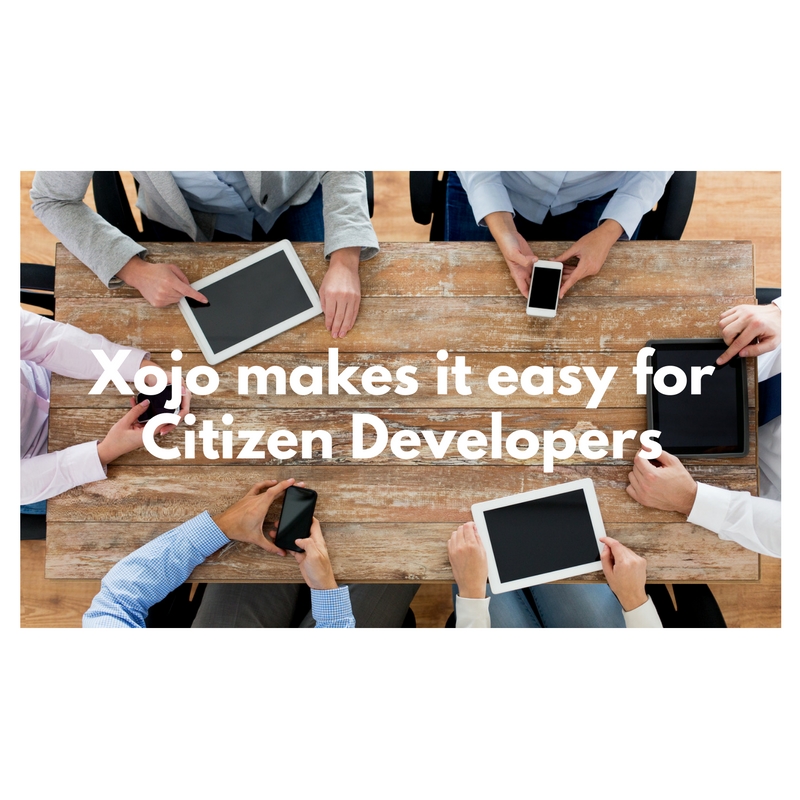With the release of Xcode 7, Apple combined the iOS and Mac Developer programs into a single Developer Program. Previously these programs were $99/year for each and now they are $99/year for the combined Apple Developer Program which lets you create and deploy apps for iOS and OS X.
Comments closedAuthor: Paul Lefebvre
Slack is a new business communication tool that is taking the world by storm. Here’s how you can use it with your Xojo apps.
Comments closedI’m seeing more and more headlines about how citizen developers are helping create the apps that business need.
In particular, a recent article at ZDNet, “The advent of the citizen developer” talks about how non-programmers can help create the apps needed by an enterprise company:
So the business-side has long had to place their fate in the hands of those with the requisite skills but often with little sympathy for or first-hand knowledge of the business itself. Or they just ended-up acquiring pre-existing software that was a close enough fit, and then had it configured to their needs. Neither path has typically produced tech solutions that fit business needs very well, and ‘good enough’ has usually been the mantra of the day.
These articles explain how “citizen developers”, sometimes referred to as a business analysts (or maybe even power-users), are using rapid application development tools to create apps that helps the business solve a problem more quickly than going through a more formal and lengthy IT process.
Comments closedPaul and special guest Geoff Perlman continue their conversation from last month’s Xojo Talk 018 “Not The Pi You Eat”, this time changing gears to talk about the new OS releases from the past few months.
Comments closedBjorn at Einhugur has created a bunch of tutorials for projects you can create using Xojo and a Raspberry Pi.
Comments closedIf you are creating Xojo desktop apps for your Raspberry Pi (and why not since Xojo Pi if free for desktop & console apps), you may want to take advantage of the HTMLViewer control for easy display of HTML content or apps.
Comments closedNew to Xojo? Been using it for a while? Either way, here are some secrets that can speed your development. Do you know them already? Do you have some of your own?
Comments closedAs you may have heard, Xojo 2015 Release 3 added the long-awaited ability to create 64-bit apps. And it also added the ability to create Raspberry Pi 2 apps (Linux ARM). This now means there are lots more apps that can get built.
Comments closedIn order to interface with the Raspberry Pi, you often want to use the General Purpose Input/Output (GPIO) port. It is easy enough to connect a broadboard to the port, but how do you write Xojo code that can talk to the port?
Comments closedIntroduced with iOS 9, the Apple News app is a great way to get informed about topics that interest you. And since Xojo ought to interest everybody, you can now access this blog from Apple News.
Comments closed
